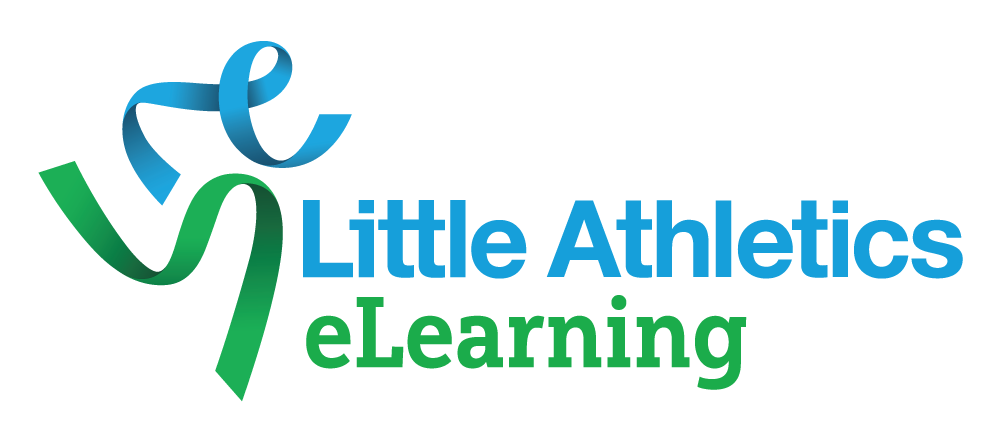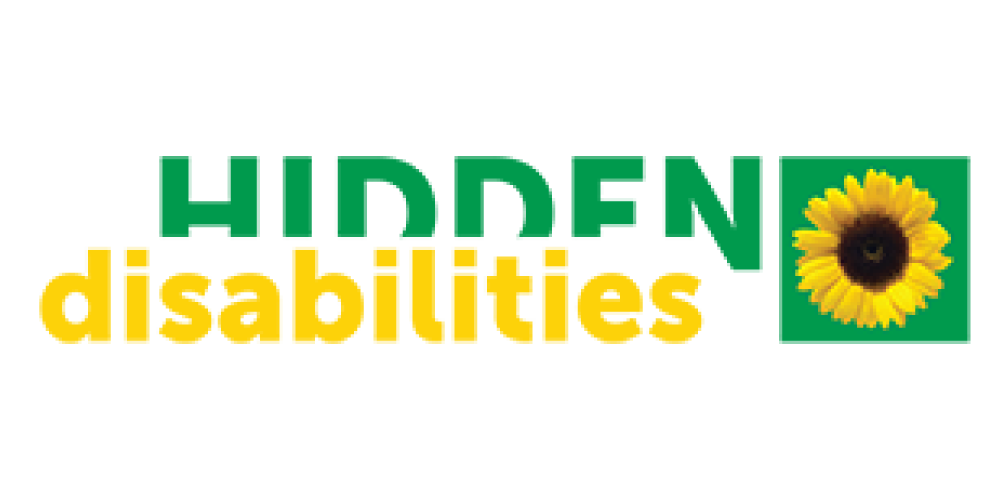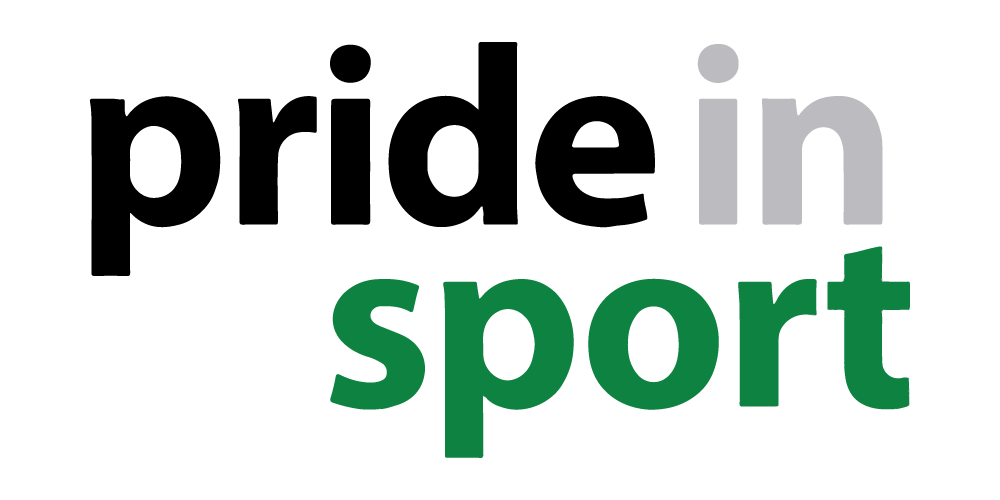Physical Conditions
What is an acquired brain injury?
An acquired brain injury (ABI) is any damage to the brain that happens after birth.
- Pronounced uh·kwai·uhd brayn in·juh·ree
Physical disabilities and conditions can affect an athlete’s mobility or their physical capacity in different ways.
- ABI can be caused by a brain tumour, stroke, trauma, infection or lack of oxygen.
- An ABI might affect the athlete’s movement, learning, communication and emotions. For more information
What is Spina Bifida?
- Pronounced spai·nuh bi·fuh·duh
- Spina Bifida happens when part of the spinal cord and spine develop differently in the womb.
- Spina bifida might affect the athlete’s movement, learning and communication. For more information
What is Spinal Cord Injury?
- Pronounced spai·nuhl kawd in·juh·ree
- A spinal cord injury happens when part or all of the spinal cord is damaged.
- Spinal cord injuries might affect the athlete’s strength, sensation and body function below the level of the injury. For more information
What are Syndromes?
- Pronounced sin·drowm
- A syndrome is a set of signs and symptoms which group people together under a diagnosis.
- Every syndrome is different and often rare as children with the diagnosis are sometimes one of only a few people in Australia.
- Some syndromes are – Angelman syndrome, Cri du chat syndrome, Ehlers-Danlos syndrome, Fragile X syndrome, Noonan syndrome, Muscular Dystrophy, Prada-Willi syndrome, Williams syndrome.
- A syndrome might affect the athlete’s movement, learning, communication and sensory systems (hearing, vision). For more information
What is a Stroke?
- Pronounced strowk
- A stroke occurs when there is a lack of blood to the brain or bleeding into the brain.
- A stroke might affect the athletes’ movement, learning, communication and sensory systems (hearing, vision). For more information
What is Fibromyalgia?
- Pronounced fai·bruh·mai·al·juh
- Fibromyalgia is a condition that causes widespread pain and tenderness in the body.
- Evidence has shown that regular exercise improves symptoms of fibromyalgia such as pain, fatigue and quality of sleep.
- Fibromyalgia might affect the athlete’s movement and sensory (sensation, pain) systems.
Sources
Better Health – https://www.betterhealth.vic.gov.au
Brain Injury Australia – https://www.braininjuryaustralia.org.au/
Fibromyalgia Australia – https://fibromyalgiaaustralia.org.au/
Mayo Clinic – https://www.mayoclinic.org/
Raising Children Network – https://raisingchildren.net.au/disability
Stroke Foundation Australia – https://strokefoundation.org.au/





